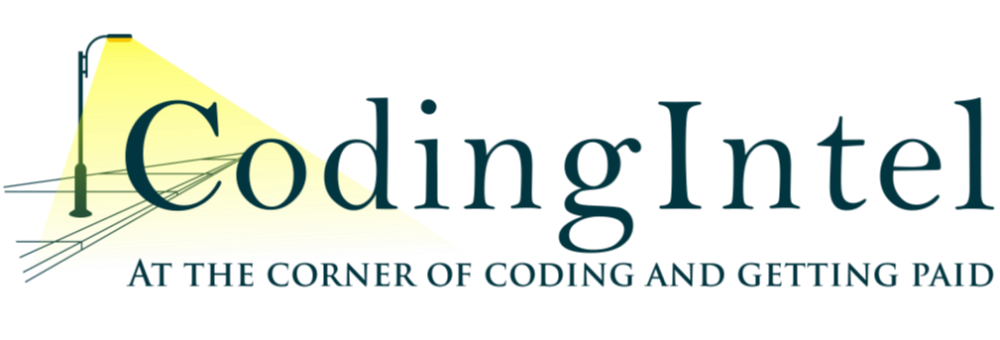Years ago, I worked with a physician who was chronically behind in dictating his notes. The charts were crammed into boxes by date, lining the walls of his office. Sometimes, they flowed over into the hallway or into the break room. This caused major inconveniences when a patient called for a lab result or returned for a visit. If you’ve worked in medical practices a long time, you can picture this.
Today, unfinished charts can be all but invisible unless someone in the practice is running regular reports.
Want unlimited access to CodingIntel's online library?
Including updates on CPT® and CMS coding changes for 2025
The clinician can see on her desktop or task bar the number of open notes, messages, reports to review and prescription renewals needed. (Take your eyes off the task bar to see a few patients and the number of tasks in the queue explodes). Medical practices need two things to prevent the modern day equivalent of boxes of charts lining the walls: regular and consistent monitoring and a policy on chart completion.
The practice leader should review the number of incomplete charts by clinician each week and monitor the age of those claims. This will avoid unwelcome surprises like, “Do you know that we are holding hundreds of unbilled claims waiting for the charts to be finished?”
As for policy:
Medicare has no stated time policy about how soon after a service is performed on a Part B fee-for-service patient that it needs to be documented. The Medicare Claims Processing Manual says only “The service should be documented during, or as soon as practicable after it is provided in order to maintain an accurate medical record.”
- We can probably all agree that “weeks later” is not “as soon as practicable after it is provided.”
- Many groups suggest that visits are documented the same or next day, and mandate that all are documented within three days.
- Consider a policy that for visits documented and closed after a certain time period (7 days? 14 days?) the physician won’t be given RVU credit.
- There is no regulation in the Claims Processing Manual that states the visit must be documented before the claim is submitted. Some groups have this policy in place. In my opinion, I don’t think a group needs to hold claims unless there is a problem. Most clinicians finish their notes in a reasonable period of time. If the charge is submitted the day before the note is signed off, this isn’t a problem. But, if there is a clinician who is regularly behind or who neglects to document for some visits, don’t submit claims until the documentation is complete.
- Increased training on the EHR will often help a clinician to complete notes more quickly. There are shortcuts in all systems, and some clinicians haven’t found them and haven’t been trained. In groups of clinicians I often hear “Oh, don’t you know how to look that up from the visit page? You don’t have to open a new window….”
- Consider allowing physicians to dictate into the HPI and comments into the assessment/plan section. It adds value to the note.
- Look at the schedule: is it optimal?
Incomplete notes are a quality of care issue as well a compliance and billing issue. Medical practices that find themselves in this situation need to address and solve the problems quickly. Because, if a clinician is weeks behind finishing records, how accurate will the notes be when they are finished?
Stay compliant with these additional resources:
Want unlimited access to CodingIntel's online library?
Including updates on CPT® and CMS coding changes for 2025
